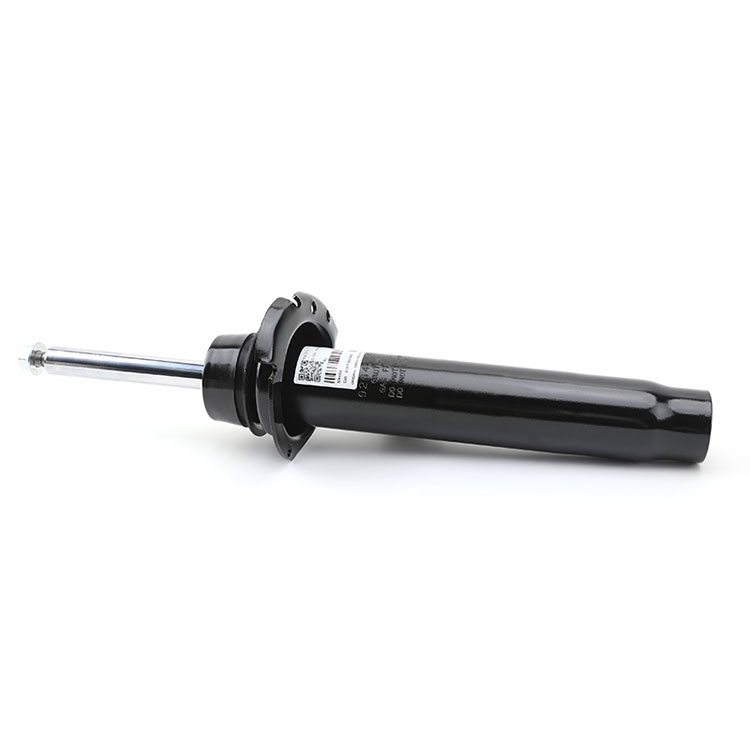Shock Absorber Technological Innovation and Development
2025-07-31
When it comes to shock absorbers, many people probably think of the black cylinder in their car. But don't underestimate these things; they represent centuries of human wisdom in combating bumps. Today, let's explore how this little device hidden under the wheel evolved from the wooden springs of ancient Roman chariots to the intelligent systems that automatically adjust the firmness and softness of today.
The earliest shock absorbers epitomized the "violent aesthetic." Horse-drawn carriages in the late 19th century still used leaf springs, which felt like sitting on a hard wooden board, with every gravel road rattling passengers' teeth. It wasn't until the introduction of the Ford Model T in 1908 that hydraulic shock absorbers made their debut, replacing purely mechanical damping with oil, a significant step forward for automotive comfort.
The post-World War II automotive golden age saw the first technological explosion in shock absorbers. Twin-tube designs and pneumatic structures emerged, and, in particular, adjustable damping technology, introduced in the 1970s, allowed drivers to switch between sport and comfort settings for the first time. I remember my grandfather always complaining about his back pain from the bumps in his old Jiefang truck. If he'd been equipped with modern shock absorbers, he'd probably have lived ten years longer.
In the 21st century, shock absorbers have begun to embrace "black technology." Electromagnetic induction shock absorbers can adjust damping in a millisecond, automatically softening when hitting potholes and instantly stiffening when cornering at high speeds. Tesla's air suspension system is even more impressive, predicting road conditions based on navigation. Last year, when I test-drove a domestic electric car, its intelligent shock absorbers were able to detect how hard I braked and automatically increase rear wheel support. The experience was even more stable than riding a high-speed train.
Future trends are even more exciting. "Self-healing" shock absorbers, currently being tested in laboratories, can repair minor damage similar to human tissue. Predictive adjustment systems, combined with AI algorithms, are said to learn from the driver's habits. Perhaps in another decade, we'll truly achieve a driving experience that feels like driving on flat ground.
From simple springs to today's intelligent systems, the evolution of shock absorbers epitomizes the human pursuit of comfort and safety. Next time you drive smoothly over a speed bump, don't forget to thank these "unsung heroes" hidden in the chassis. They silently endure every vibration without complaining, and this spirit is worth learning from.
As a professional manufacturer and supplier, we provide high-quality products. If you are interested in our products or have any questions, please feel free to contact us.



